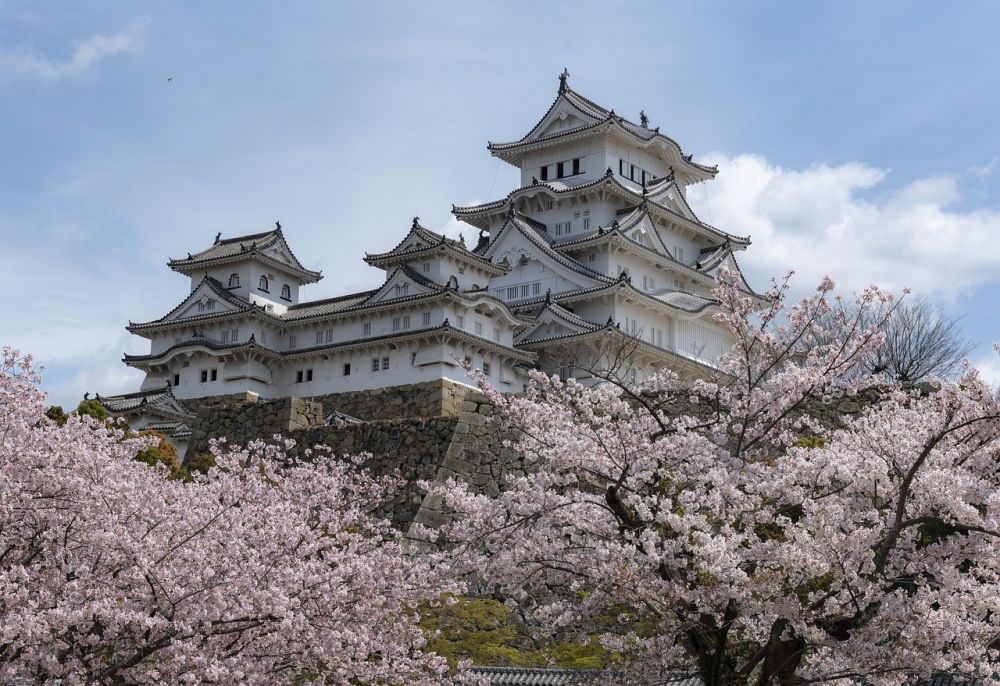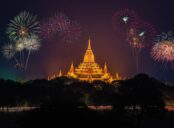Japan: A Land of Tradition and Innovation

Introduction:
Japan, also known as Nihon or Nippon, is an island country located in East Asia. It is a land of contrasts, blending ancient traditions with modern technology, and captivating visitors with its unique cultural heritage. Whether you are planning a trip to Japan or simply have an interest in exploring its rich history and vibrant culture, this article will provide you with valuable insights.
The Land of the Rising Sun:

Situated in the Pacific Ocean, Japan is an archipelago consisting of four main islands Honshu, Hokkaido, Kyushu, and Shikoku as well as numerous smaller islands. Its geographical location has greatly influenced its history and culture, making it an intriguing destination for travelers.
A Brief Historical Overview:
To understand Japan’s development over time, it is essential to delve into its extensive history. The origins of the Japanese civilization can be traced back to ancient times, with distinct periods that have shaped the country’s identity.
1. Jomon Period (14,000300 BCE)
The Jomon period marks the beginning of Japanese history, characterized by the emergence of pottery and a hunter-gatherer society. This era laid the foundation for future cultural and artistic achievements.
2. Yayoi Period (300 BCE300 CE)
The Yayoi period witnessed the introduction of rice cultivation and metalworking, influencing the formation of a more complex societal structure. The Japanese people began to adopt new technologies and engage in trade with neighboring regions.
3. Asuka and Nara Periods (538794 CE)
During the Asuka and Nara periods, Buddhism was introduced to Japan, leaving a lasting impact on its religious and cultural practices. The establishment of a centralized government and the construction of magnificent temples reflect the country’s political and architectural advancements.
4. Heian Period (7941185)
The Heian period saw a flourishing of aristocratic culture, including the development of Japan’s unique form of writing, known as kana. Literature, poetry, and courtly traditions thrived during this time, leaving an indelible mark on Japanese society.
5. Kamakura and Muromachi Periods (11851573)
Marked by the rise of samurai warriors and the establishment of a military government, the Kamakura and Muromachi periods were characterized by political instability. This period witnessed the influence of Zen Buddhism and the arts, such as tea ceremonies and Noh theater.
6. Azuchi-Momoyama and Edo Periods (15731868)
The Azuchi-Momoyama period marked the unification of Japan under the powerful rule of Oda Nobunaga and Toyotomi Hideyoshi. Later, the Tokugawa shogunate ushered in the Edo period, characterized by peace and isolation from the outside world. This era witnessed tremendous cultural achievements and the consolidation of Japan’s unique identity.
7. Meiji Restoration and Modern Japan (1868present)
The Meiji Restoration led to Japan’s rapid modernization and Westernization, transforming it into an industrialized nation. Through innovation and adaptation, Japan emerged as a global economic powerhouse, while still preserving its ancient traditions and cultural practices.
Japan Today: a Harmonious Blend
[Introduce video here:
]
Today, Japan stands as a harmonious blend of ancient traditions and cutting-edge technology. From the serene beauty of its temples and gardens to the fast-paced neon-lit streets of Tokyo, the diversity of experiences in Japan is unparalleled.
Key highlights and attractions:
– Tokyo: The bustling capital city, offering a glimpse into futuristic technology, vibrant street fashion, and exquisite cuisine.
– Kyoto: A city steeped in history, showcasing traditional wooden machiya houses, iconic shrines, and serene bamboo forests.
– Mount Fuji: Japan’s highest peak, revered for its symmetrical beauty and spiritual significance.
– Hiroshima: A place of historical significance, where visitors can learn about the devastating impact of the atomic bomb and witness the city’s remarkable rebirth.
– Onsen: Hot spring resorts, which provide a therapeutic and relaxing experience, allowing travelers to unwind and indulge in traditional Japanese hospitality.
Conclusion:
Japan is a captivating destination that seamlessly combines tradition with innovation, creating a unique and unforgettable experience for travelers. Its rich history, cultural heritage, and technological advancements make it a must-visit country for those seeking adventure and exploration. So pack your bags and immerse yourself in the wonders of Japan a land of ancient charm and modern allure.





















